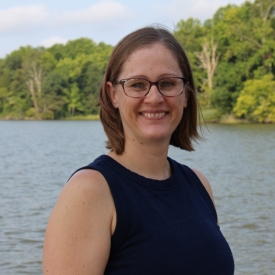Did you know that about half of all living things on Earth are parasites? Parasites are small, but mighty, with major impacts on marine life and the health of our waterways. They play a role in how food webs work (who eats whom), can control animal populations, drive evolution (how species change over time), and cause widespread disease. In the Coastal Disease Ecology Laboratory, we study how diseases and parasites interact. We look at different types of parasites, the animals they infect, and where they live around the world.
Our work falls within four research themes:
- The variety of aquatic parasites: Where they live and how many different kinds there are.
- Which hosts different parasites can infect: Why some parasites only live in specific animals or places, while others infect lots of different animals or plants all around the world.
- The complex systems where multiple hosts are infected by multiple parasites.
- The genetic makeup of different parasite species and strains, which can impact the amount of harm they cause to different hosts and their ability to survive in different places.

If you are interested in supporting our research, financial contributions can be made here, with the specification "Coastal Disease Ecology Laboratory".





